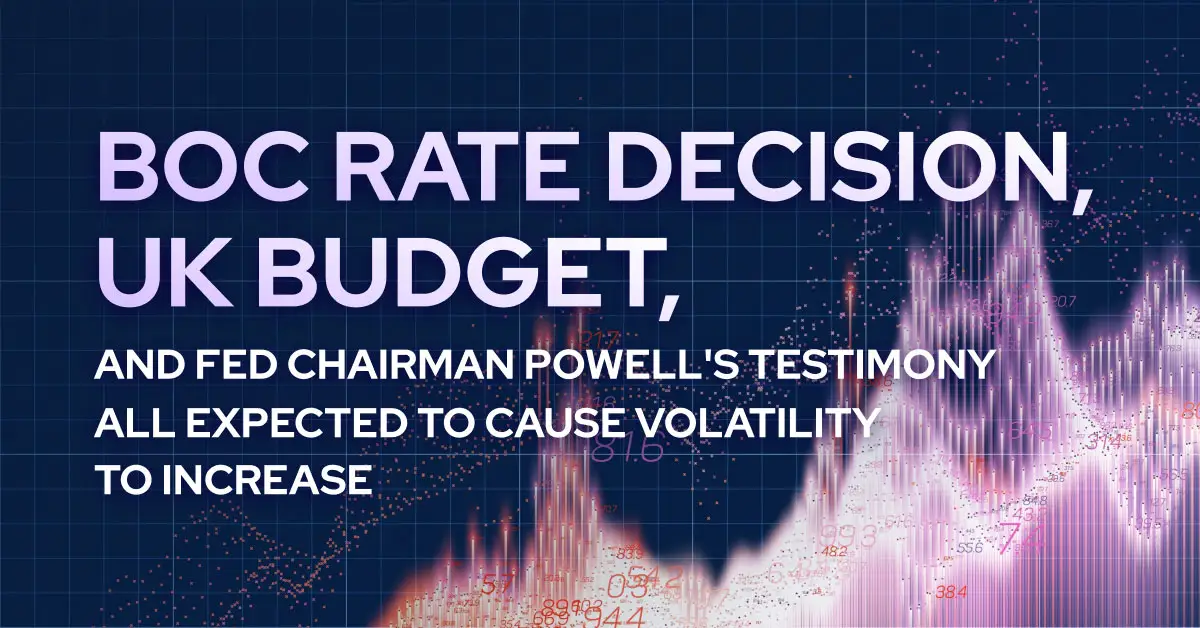简体中文
繁體中文
English
Pусский
日本語
ภาษาไทย
Tiếng Việt
Bahasa Indonesia
Español
हिन्दी
Filippiiniläinen
Français
Deutsch
Português
Türkçe
한국어
العربية
CBDCs Could Damage the Economy, says Ex-Bank of Japan Official
Abstract:Hiromi Yamaoka believes that applying interest rates to CBDCs could end up triggering fears over the stability of the Yens value.

While most countries are looking for ways to make the most of blockchain technology by adopting policies for the benefit of citizens, some people continue to remain skeptical about it. The most recent addition to the latter group is a former Bank of Japan employee.
CBDC – Not a Good Idea
Hiromi Yamaoka, the former head of Bank of Japans financial settlement department, recently expressed his opinion on the use of digital currencies better known as Central Bank Digital Currencies (CBDCs) in the financial sector.
According to Yamaoka, issuing CBDCs as a monetary policy could end up severely damaging the economy.
Although he did seem to agree with the fact that Japan needs to change the way its payment systems work by adopting digital currencies for it, he did not agree with the Central Banks idea of using a digital yen for it.
As reported by The Japan Times, the application of interest rates will be a key part of the ongoing research into CBDCs by the Bank of Japan. On this point Yamaoka stated:
“Some say that negative interest rates could work more effectively with a digital currency, but I dont think so”
He further said that he isnt sure what benefit applying negative rates to CBDCs will bring to the economy. Instead, according to him, households and businesses would find it rather difficult to escape the influence of negative rates.
On the Other Hand…
Japan is trying its best to keep up with the CBDC race it has going on with China.
Recently during a parliamentary session in Japan, the governor of the Bank of Japan iterated that the country should collaborate with fellow CBDC enthusiast countries to establish a global standard considering the technical aspects of digital currencies.
While the country is yet, to begin with, its second phase of the experiment, governor Haruhiko Kuroda believes that a decision on the issuance of CBDCs could be made by 2026.
Furthermore, Japan has been substantially crypto positive with the country allowing its citizens to both own and use cryptocurrencies for payments in the country.

Disclaimer:
The views in this article only represent the author's personal views, and do not constitute investment advice on this platform. This platform does not guarantee the accuracy, completeness and timeliness of the information in the article, and will not be liable for any loss caused by the use of or reliance on the information in the article.
Read more

The History of Ponzi Schemes
This article outlines the history of Ponzi schemes, highlighting the infamous Charles Ponzi, Bernie Madoff, and beyond.

5 Key Steps to Master Forex MT4 Technical Analysis
The forex market presents both opportunities and challenges, with technical analysis being crucial for successful trading. This article outlines the five essential steps for mastering Forex MT4 technical analysis: identifying trends, utilizing technical indicators, determining entry and stop-loss points, analyzing price charts, and performing real-time monitoring and adjustments. By following these steps, traders can enhance their understanding and application of technical analysis, ultimately improving their trading accuracy and success rate.

FOREX TODAY: BOC RATE DECISION, UK BUDGET
Wednesday's major data releases and macroeconomic events are expected to cause volatility to increase after another day of erratic trading in the financial markets. The Spring Budget for the UK will be released, and January Retail Sales figures for January will be made available by Eurostat. ADP Employment Change for February and January JOLTS Job Openings will be discussed later in the session on the US economic docket.

FOREX TODAY: AHEAD OF SIGNIFICANT RISK OCCURRENCES, PMI DATA COULD ALERT MARKETS.
Major currency pairings are still trading in familiar ranges early on Tuesday after the erratic trading on Monday. The US economic docket for the American session will include the factory orders data for January and the ISM Services PMI survey for February. Final updates to the February PMI for the US, Germany, the UK, and the EU will also be released by S&P.
WikiFX Broker
Latest News
CWG Markets Got FSCA, South Africa Authorisation
Amazon launches Temu and Shein rival with \crazy low\ prices
CySEC Warns Against Unauthorized Investment Firms in Cyprus
Revolut X Expands Crypto Exchange Across Europe, Targeting Pro Traders
Crypto Scammer Pleads Guilty in $73 Million “Pig Butchering” Fraud
Capital.com Shifts to Regional Leadership as CEO Kypros Zoumidou Steps Down
Broker Review: Is Exnova Legit?
Why Even the Highly Educated Fall Victim to Investment Scams?
Warning Against Globalmarketsbull & Cryptclubmarket
FBI Raids Polymarket CEO’s Home Amid 2024 Election Bet Probe
Currency Calculator


